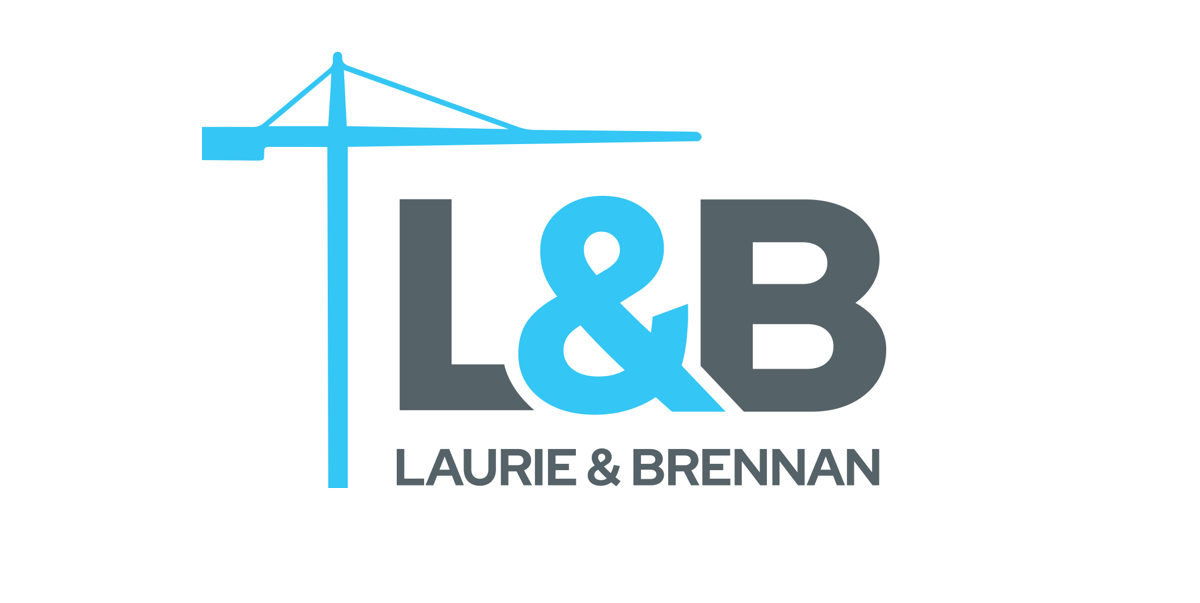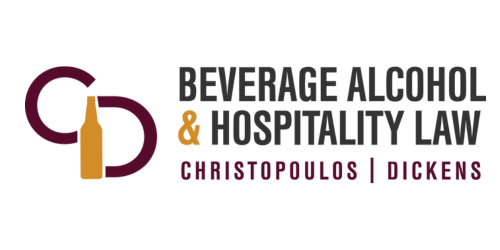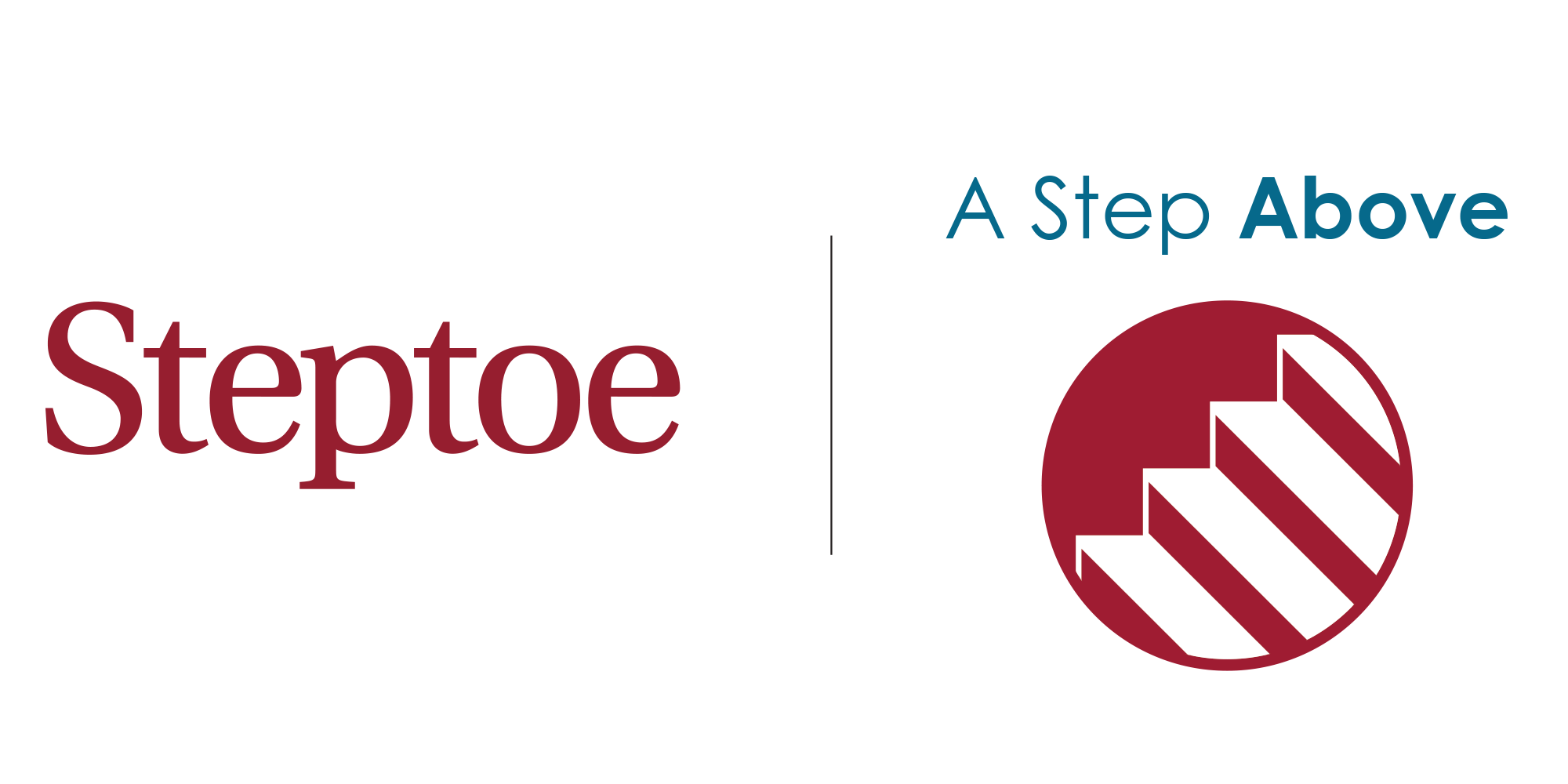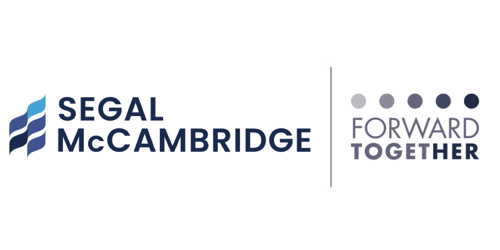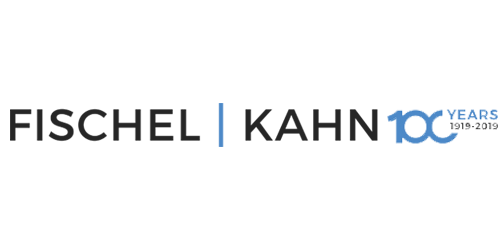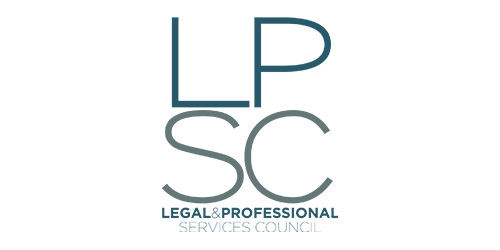Boost Firm Growth: Cultivating a Business Development Culture in Your Firm

Until law schools start teaching business development, it will be up to marketers and law firm administrators to carry the torch for building the habits that lead to long-term firm revenue growth.
Cultivating a business development culture within a law firm takes time, education and accountability. While it cannot happen overnight, there are three steps to take now no matter where a firm falls on the business-generating continuum.
Understanding Marketing vs Business Development
The first step is understanding the difference between marketing and business development, two terms often used interchangeably in firms.
Marketing efforts are one to many. Marketing includes activities you do once that reach many people – post on a website or LinkedIn, a speaking engagement or a newsletter. This broad, one-way communication creates general awareness but typically doesn’t bring in matters.
Business development is one-to-one and brings attorneys much closer to securing matters. This is the coffee, drinks or meals an attorney has in which both people talk and involves as much listening as it does talking. Emails, texts and phone calls fall into this category too.
Criticizing the marketing department, the website or the firm’s most recent newsletter for not generating work shows a clear misunderstanding of the purpose of marketing. Marketing builds awareness at the top of the marketing funnel; it is the relationship that closes the deal after business development efforts have done their job.
Takeaway: Marketing creates visibility, while business development focuses on direct interactions that lead to new work.
Set SMART Business Development Goals
The easiest way to move the needle on revenue is to set targeted outreach standards and hold individuals responsible for delivering on the outreach. This is the secret to more work but admittedly is easier said than done.
A few tips for accomplishing this:
-
Ensure all attorneys set SMART goals – specific, measurable, attainable, relevant and timebound – that align with business development targets. For example, maybe the goal is activity-based, like “I will set up 10 new business coffees by the end of the quarter.” Or perhaps it’s achievement-oriented: “I will bring in $50,000 in new business by the end of the year.”
-
Write it down. Research shows that just writing down a goal makes it 33% more likely it will be achieved.
-
Break the goal down into manageable parts. If the deadline is 3 months away, what needs to be done by the end of this month or next month to meet the goal? Create an Excel tracker, such as a GANNT chart, to capture progress weekly against the goal.
Pro tip: set the goal completion date for the end of the month – the first day of the month often sneaks up, so there will be greater urgency as the 30 or 31 looms closer.
- Accountability is key. If a firm is full of self-starters who can all hold themselves accountable, great. But if this is like most law firms, a practice group leader or mentor will need to step in to inquire about progress and to keep goals on track.
Takeaway: Setting SMART goals, writing them down and maintaining accountability are essential steps toward sustained business development success.
Turn Marketing Events into Business Development Events
Attorneys are often under the misconception that firm events and conferences are marketing events, perhaps because one invitation reaches many people, fitting the one-to-many definition of marketing.
While this may be true, the secret to getting business from events is to approach them with a business development mindset using these tools:
- Prep, prep, prep. Review the RSVP list sent by conference organizers or through the app. Identify targets and existing clients of the firm, and reach out in advance to try to set up meetings during the session. Prioritize these one-on-one meetings over attending sessions – having a meaningful conversation is more beneficial to a book of business than sitting in silence at the back of a session.
- Work the room. Have as many one-on-one conversations as possible, so get comfortable introducing yourself. Chat people up in the coffee line, sit in the middle of a row to spark discussions and talk to presenters before sessions start. Everyone is there to make new connections – be the catalyst for these conversations.
- Get your questions ready. If small talk isn’t a strong suit, think in advance about starter questions to help initiate meaningful interactions. What sessions did they attend this morning? Were they at last year’s conference? What did they think of the keynote? These types of open-ended questions can help bridge into more meaningful interactions.
- Practice an exit strategy in advance. Establish a personal framework for ending a conversation gracefully, whether it is needing more coffee or acknowledging that the other person likely wants to network with more people. Practice it beforehand to make transitions smoother.
- Follow up or don’t go in the first place. Attorneys are not going to walk away from an event with a new contract in hand. The real business development work comes after the conference, as there may need to be seven or more touchpoints before securing new business. Build that follow-up strategy now. With strong targets, connect on LinkedIn, add them to the firm mailing list and find reasons to connect with them in the future.
Takeaway: Events are valuable business tools when approached with the right mindset – one-on-one conversations and purposeful follow-up can lead to new work.
Shifting to a Business Development Focus
Creating a business development culture does not happen overnight, but implementing these three strategies can spark the mindset shift needed for lasting change. By understanding how marketing and business development differ, setting SMART business development goals and maximizing firm events, law firms and attorneys can see measurable differences in their bottom line.


